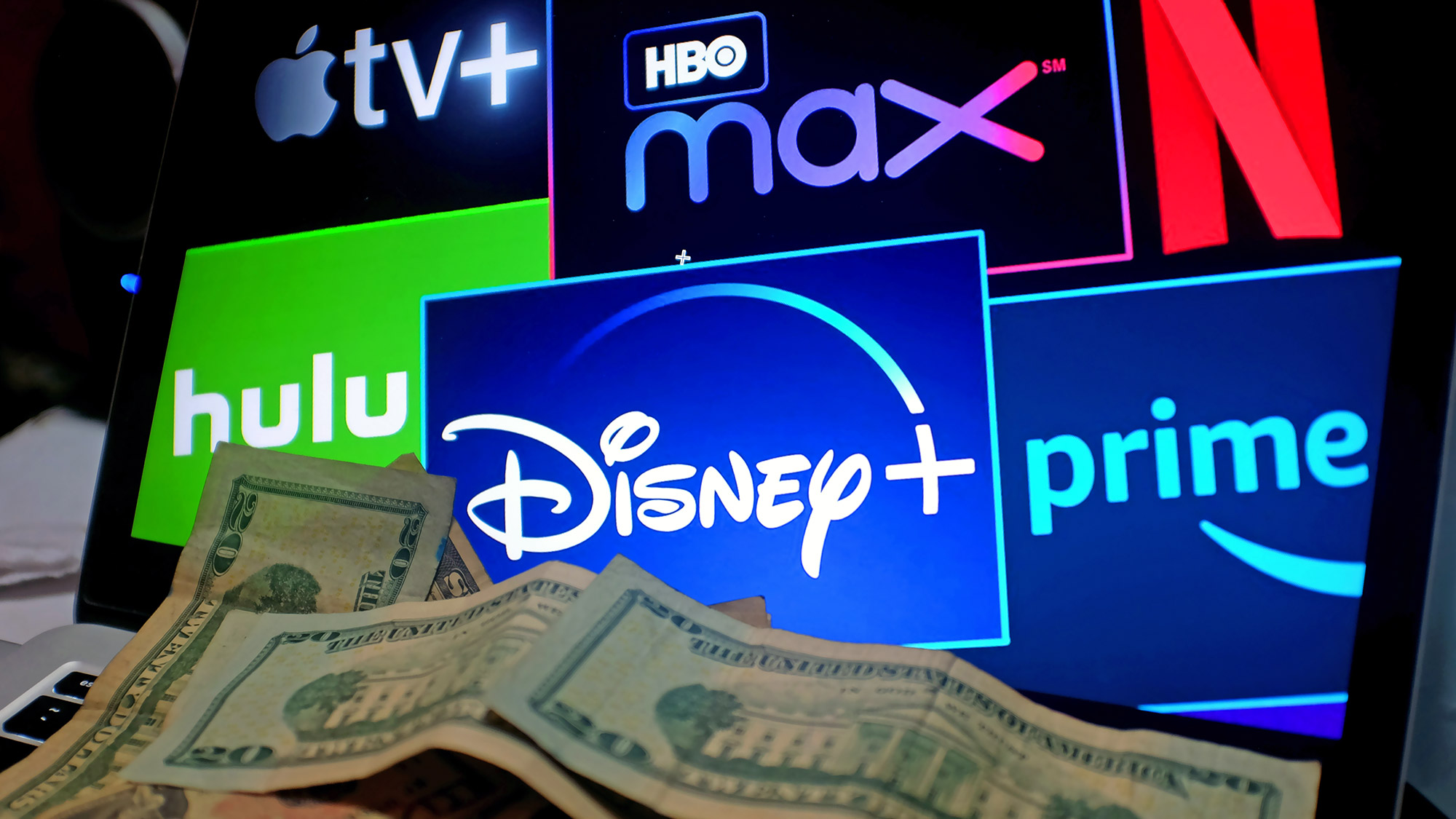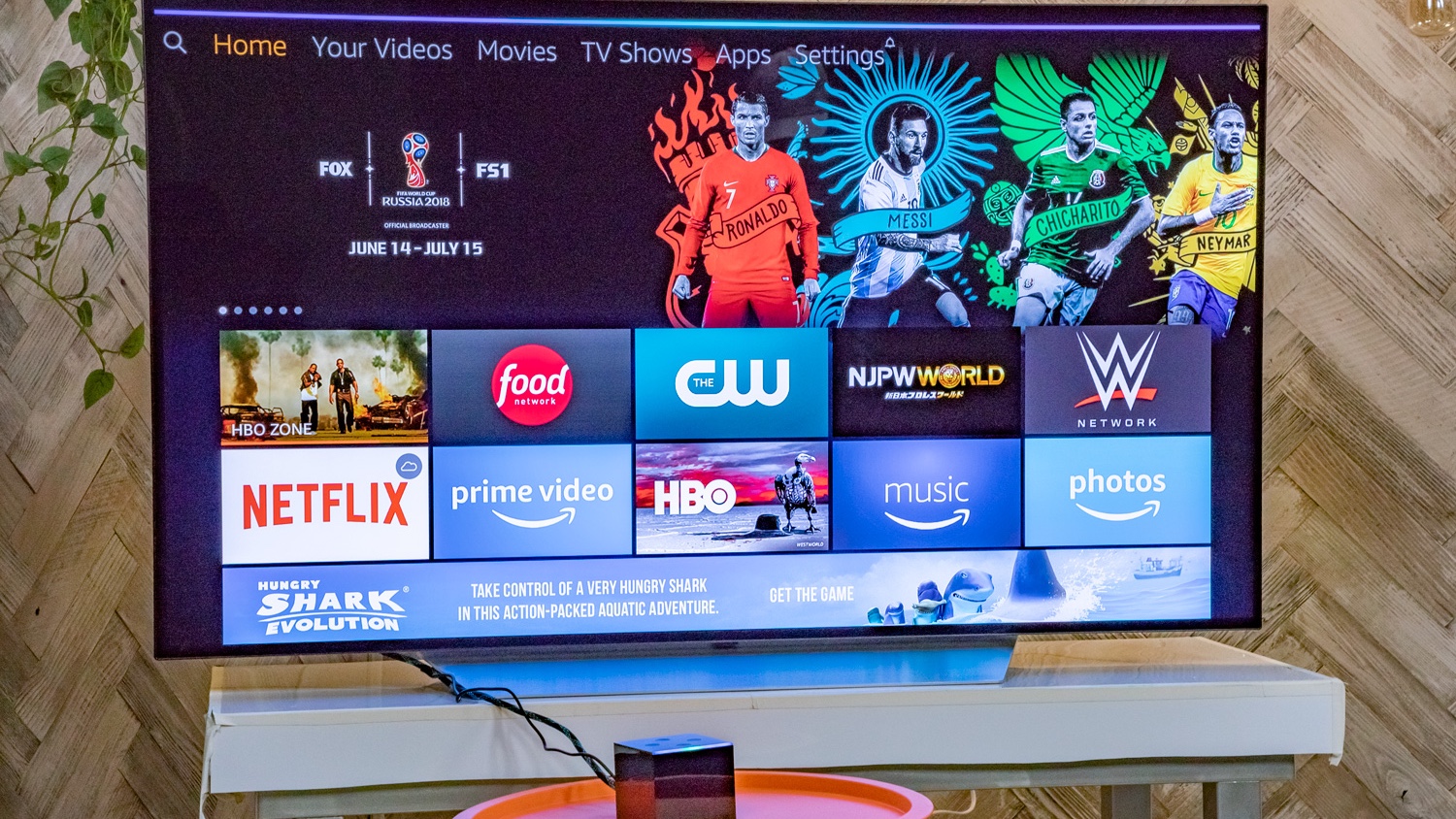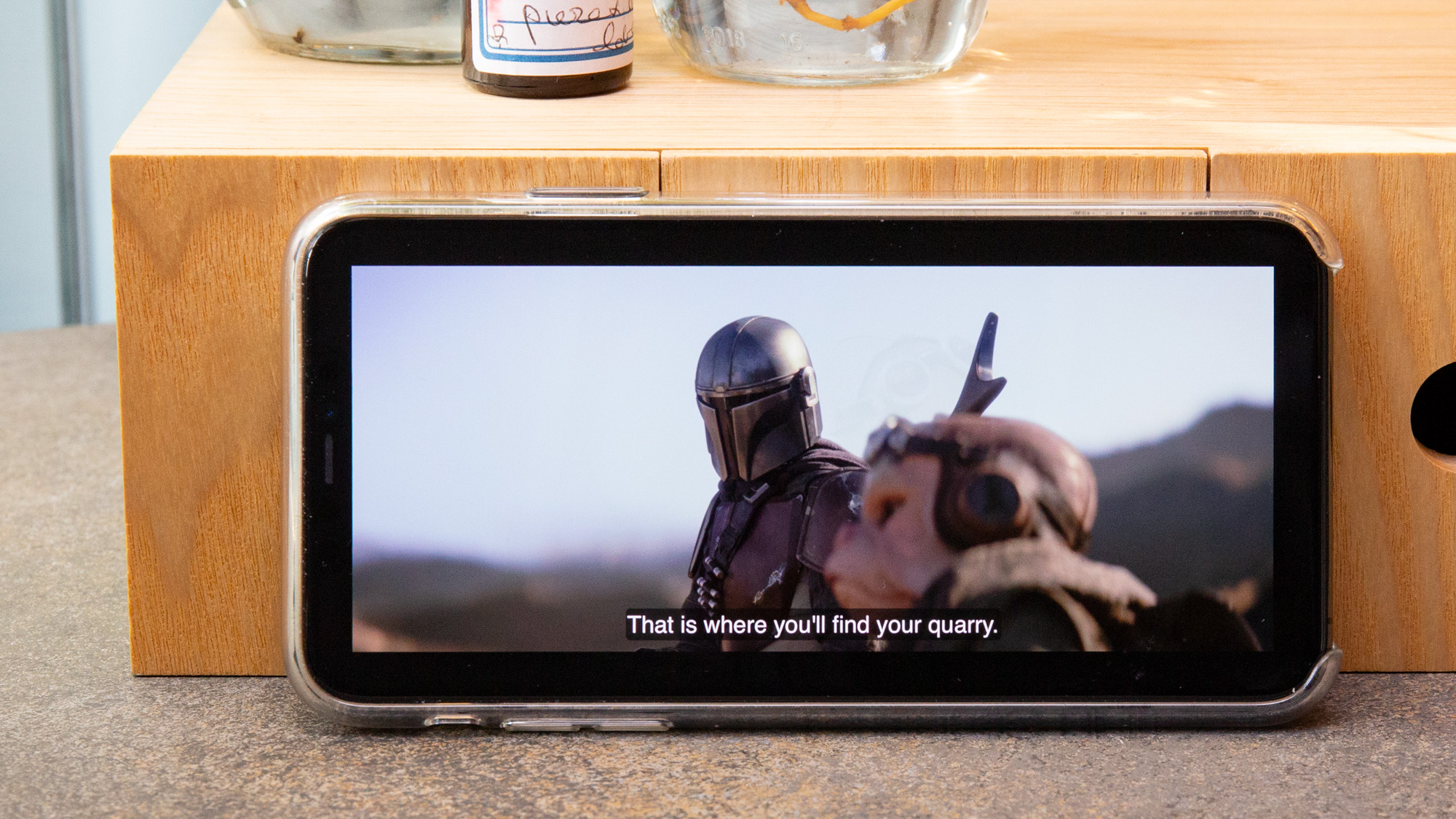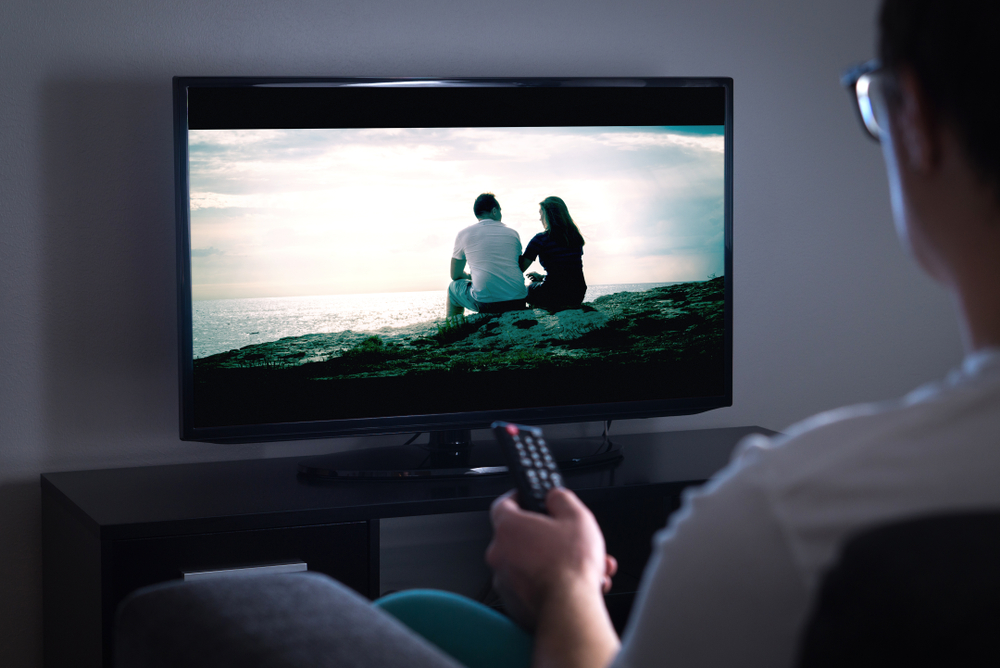6 tips for streaming TV without going broke
Binge watch on a budget

In the time it takes to say "Quibi," another streaming service probably just got announced (hilariously, news of a ViacomCBS service just leaked). Each new venture enters the scene like another cannonball in an already-crowded pool, leaving consumers scratching their heads about what to do. The market leaders are already reacting to concerns of stretched budgets, as NBCU's service Peacock is going to be free (with paid tiers).
This all leaves us wondering the same question: "How much is this all going to cost?" I recently saw an article proclaim there was a "magic number" for what to pay for all of your streaming services … and it turned out to just be a story reporting that the average monthly streaming bill is $42.
And let's be clear, while that might sound like a good budget to keep to, not every user streams the same way or watches the same things. Some need live sports from local networks and ESPN, while others won't turn off HBO. Therefore, there's no one answer for everyone.
Don't worry, though; you can do your best to save some cash. Here are my six best pieces of advice for how to stream live TV without going broke:
Cut costs on sneakily expensive broadcast networks
Wonder why the likes of YouTube TV, Sling, Hulu with Live TV, and AT&T TV Now keep going up in price, with each rising from $5 to $10 last year? Comcast itself said that it's seeing significantly rising "programming costs" (to deliver the networks) happening "most notably for broadcast TV and sports," which lead to price hikes for consumers.

The good news is that you don't need to pay to watch broadcast TV. We test the best TV antennas and make picks for which models are right for a variety of customers. These devices can even pull down crisp 4K video.
There's just one deficiency: You can't record directly from an antenna. And that's annoying if you can't always be at home to watch stuff live. So, let's talk about Sling, which includes 10 hours of cloud DVR for free. Even though Sling's prices went up last year by $5, it's still the most affordable option, at $30 per month. That low price is likely tied to how few broadcast channels Sling covers, with its Blue package offering just Fox and NBC in select markets. Need ABC, CBS or PBS? Sling's AirTV devices allow you to take channels you get via an antenna and put them right into the Sling app.
Sign up to get the BEST of Tom's Guide direct to your inbox.
Get instant access to breaking news, the hottest reviews, great deals and helpful tips.
Use free streaming services
You can also watch local broadcast channels for free using Locast, a not for profit that streams to web browsers, Rokus, Amazon Fire TVs, Apple TV boxes, iPhones and Androids. Love CNN? It's free at the CNNgo website.
- Best Streaming Devices 2020 - Roku vs. Chromecast vs. Apple TV
Sony also offers a lot of free streaming movies and TV shows over at Crackle. There's also Pluto, which doesn't have live TV but instead streams a bunch of different collections of programming that are organized in a channels-and-schedule format, which looks a lot like live TV.
Stop paying for what you don't watch
Disney Plus members, ask yourself this one simple question: "Now that I finished The Mandalorian, what am I watching on Disney Plus?" After I answered, "Nothing," I realized I needed to cancel Disney Plus before it charged me again.

Yes, Disney Plus is affordable, at $6.99 per month, but that's still $7 I could spend elsewhere or save. These fees add up, especially if you let them roll over month after month.
So, open up your recent credit card statement and scroll, looking for fees you don't recognize or services you forgot you subscribed to. And hack away at those memberships without mercy.
- Best streaming services of 2020
What's the worst that can happen? You have to spend a couple of minutes resubscribing? I'm more than OK with the small amount of effort that will take in August, when I renew my Disney Plus account as The Falcon and The Winter Soldier show hits the service.
Reminders are your wallet's best friend
As my colleague Philip Michaels wrote, a "recurring charge winds up on your credit card bill whether you want to pay it or not." So, while you have that financial statement out, pay attention to the services you still get charged for, and then figure out when you get charged for those services.

Then, set up recurring reminders for services you pay for. If you want to be more specific, open the account details pages for those services (a couple of examples are below) to see what data the company shares with you about your monthly renewal date.
Netflix: https://www.netflix.com/BillingActivity
Hulu: https://secure.hulu.com/account
Then, open your favorite reminders app (mine is Due), and set a monthly reminder for a day or two before your renewal date. Then, you'll get a neat little alert that gives you a moment to reconsider and contemplate how much value you get from that service.
This is how I realized the time was right to stop spending 999 yen (approximately $9.10) per month on NJPW World, the subscription service for New Japan Pro-Wrestling World, as I noticed I wasn't paying as much attention to the promotion after its annual Wrestle Kingdom event ended.
Consider unlimited data plans
Another lesson I can provide is to reconsider your mobile data plan. I thought unlimited-data plans were prohibitively expensive and that I could manage the occasional overage. Turned out, though, I saved around $30 per month by switching to an unlimited plan, which allowed me to stream video anywhere I go.
That means I can find the time to watch more stuff during my hourlong walks to and from work.
Make sure you know which Netflix you're paying for
Did you know Netflix has multiple pricing tiers? I'm not sure why anyone would be paying for the Premium tier of Netflix, unless they wanted four streams at once or 4K UHD quality. But if you're on the $15.99-per-month Netflix plan and not using either of those features, you might want to consider changing to the Standard plan, thus cutting $3 off your monthly fee. You can check which plan you have here.
Bottom line
Just because there seem to be more ways to pay for TV than ever before doesn't mean you actually need to pay more than before.
Think about how much time you spend watching TV in a given month, and then think about how many shows that will add up to and how many shows each service provides. Sure, it requires a bit of math, but once you've audited your own streaming behavior, you'll know that you're making the most of what you're spending and finding ways to cut back (if possible). As long as services charge you only one month at a time, you've got tons of ways to move these puzzle pieces around.

Henry is a managing editor at Tom’s Guide covering streaming media, laptops and all things Apple, reviewing devices and services for the past seven years. Prior to joining Tom's Guide, he reviewed software and hardware for TechRadar Pro, and interviewed artists for Patek Philippe International Magazine. He's also covered the wild world of professional wrestling for Cageside Seats, interviewing athletes and other industry veterans.
